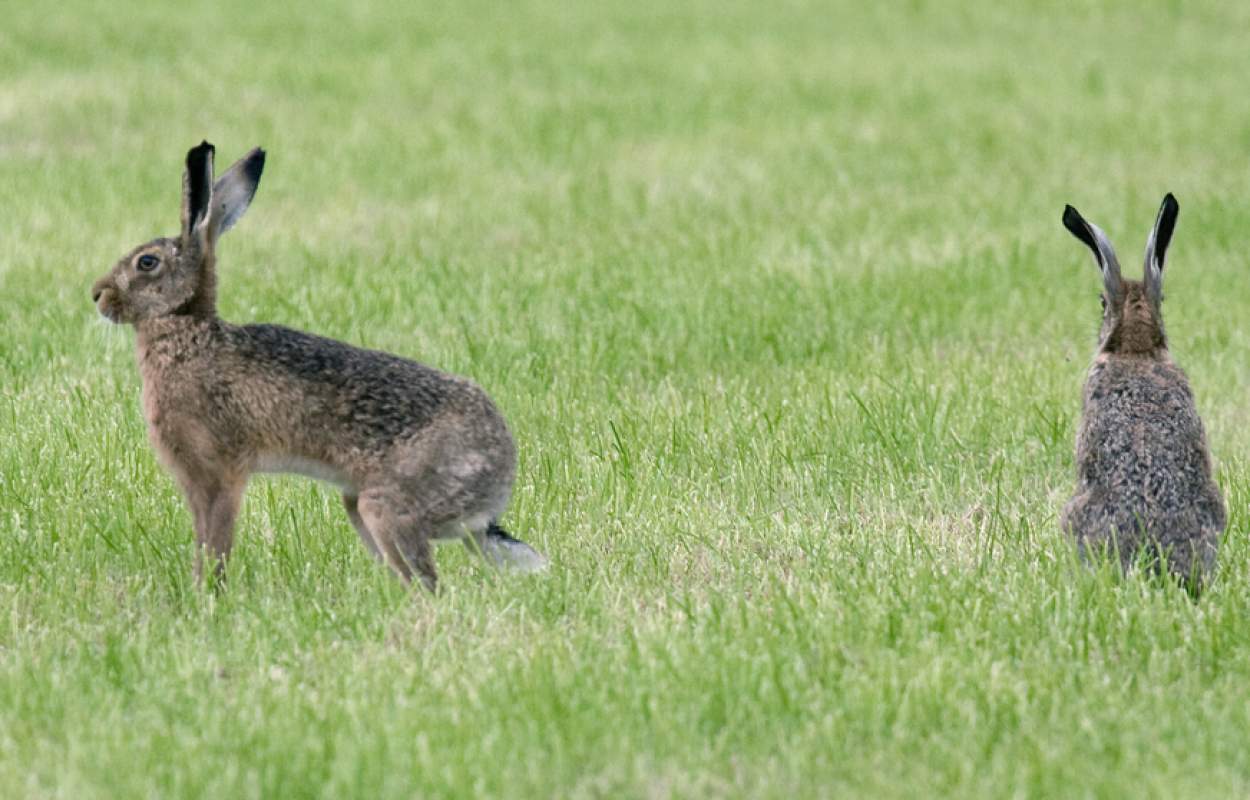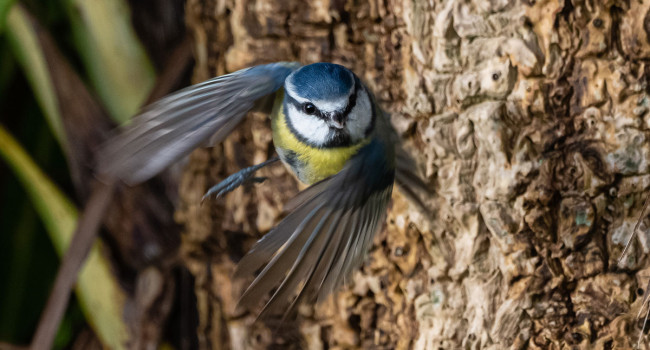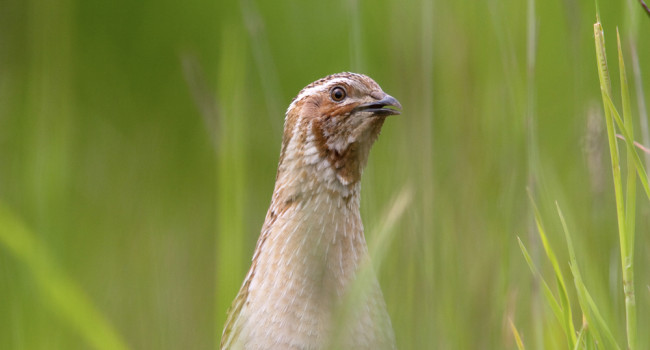Evaluating spatiotemporal trends in terrestrial mammal abundance using data collected during bird surveys

Author(s): Massimino D., Harris S.J., Gillings, S
Published: August 2018
Journal: Biological Conservation Volume: 226
Digital Identifier No. (DOI): 10.1016/j.biocon.2018.07.026
Volunteer schemes enable the large-scale surveillance and monitoring of wildlife populations across the UK, but such schemes are more effective for some species groups (e.g. birds) than others. This is partly a result of where volunteer interests are focussed and partly a consequence of the ease with which different species may be encountered and identified in the field.
The UK’s mammals present particular challenges for monitoring; they are ecologically diverse and vary in both size and activity, leading to substantial differences in detectability. Consequently, there is no single survey technique that is adequate for all (or even most) species. Some of the UK’s mammals are known to cause problems for other species, or to cause economic damage, while others are of conservation concern, making robust assessment of their populations a priority.
One way to increase our understanding of UK mammal populations is to tap into an existing monitoring framework, aimed at different taxa but through which this additional information may be collected with little additional cost or effort. One of the few examples of this approach is the collection of data on the relative abundance of mammals by participants in the BTO/JNCC/RSPB Breeding Bird Survey (BBS). Starting in 1994, BBS was designed to monitor widespread breeding birds but the survey was extended to include mammals (as an optional component) in 1995. The stratified random approach used by the survey enables the collection of robust mammal data from 90% of the almost 4,000 1-km squares covered annually. Mammal trends are estimated every year, delivering trend information for the UK as a whole, for the four individual countries and for nine regions within England.
While information on the national and regional trends has already been published, this paper presents additional information on spatial variation in the relative abundance of mammals, importantly exploring how this has changed over time. The BBS mammal data are very valuable and can, for example, be used to identify the reasons behind the trends being document in mammal populations.
The analyses presented by Dario Massimino, Sarah Harris and Simon Gillings reveal the patterns of change for nine UK mammal species. They also reveal those parts of the UK where each of the nine species is most abundant. Although widespread, Rabbit shows statistically significant declines across Scotland and most of England. Brown Hare also shows significant declines across large areas, with these particularly evident in the south-east of England, Wales, north-west England and south-west Scotland. Worryingly, the Mountain Hare population has undergone large declines in abundance within a significant part of its core Scottish range. Another mammal suffering from large scale declines is the Red Fox, with populations in central-southern England and eastern Wales declining by between 20% and 50% over the study period. Three of the four deer species studied showed increasing abundance across a significant part of their UK ranges, and only Red Deer appears stable. Grey Squirrel populations have remained largely stable except at their expanding northern limit.
The results of this work demonstrate how robust models of relative abundance and change can be secured for secondary taxa within an existing and structured monitoring approach. There are, as the authors discuss, strengths and limitations to adding secondary taxa to an existing survey in this way, but, as this paper demonstrates, the ability to monitor the changing status of these nine mammal species provides much-needed information.









Share this page